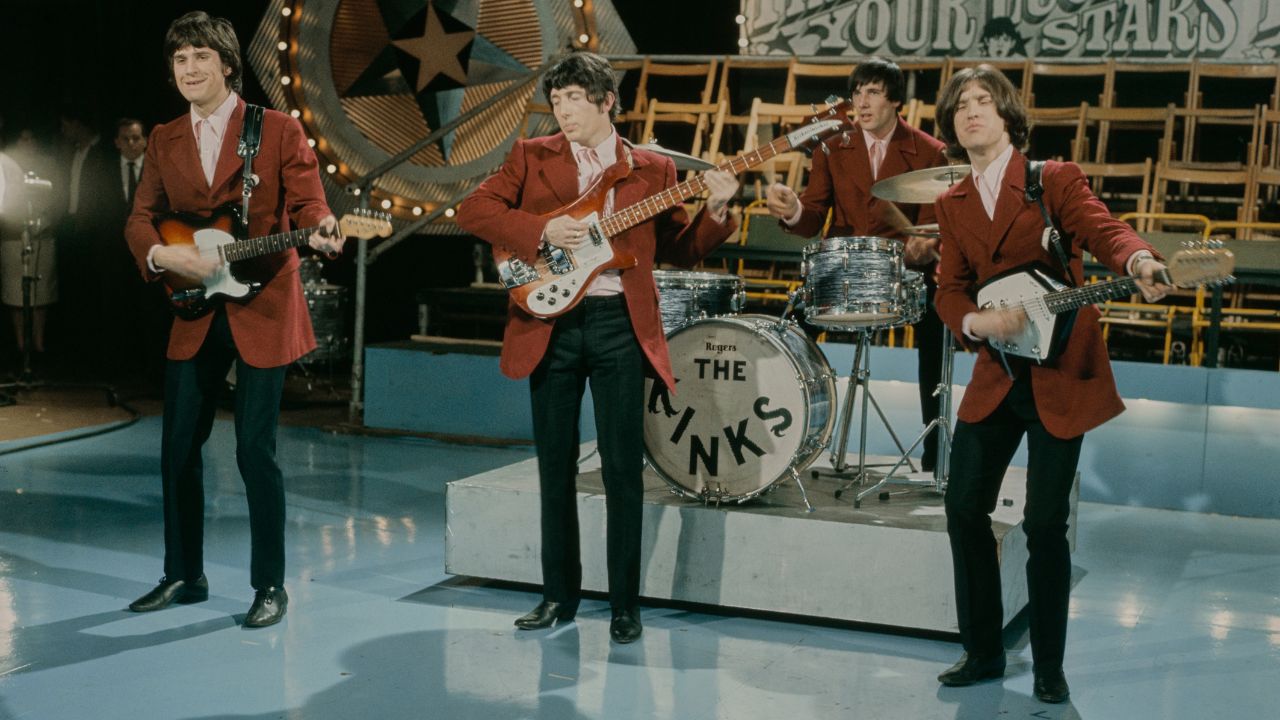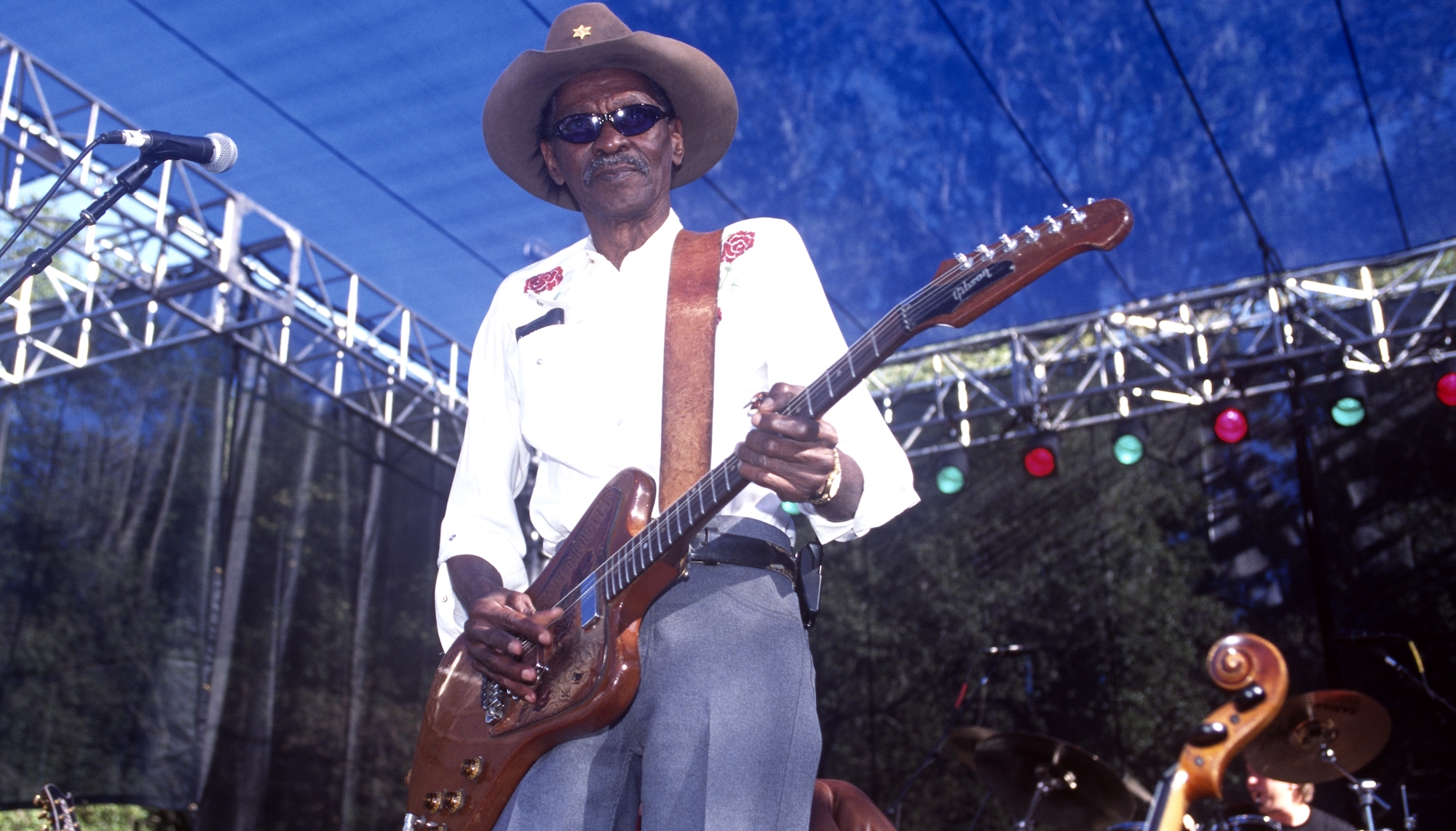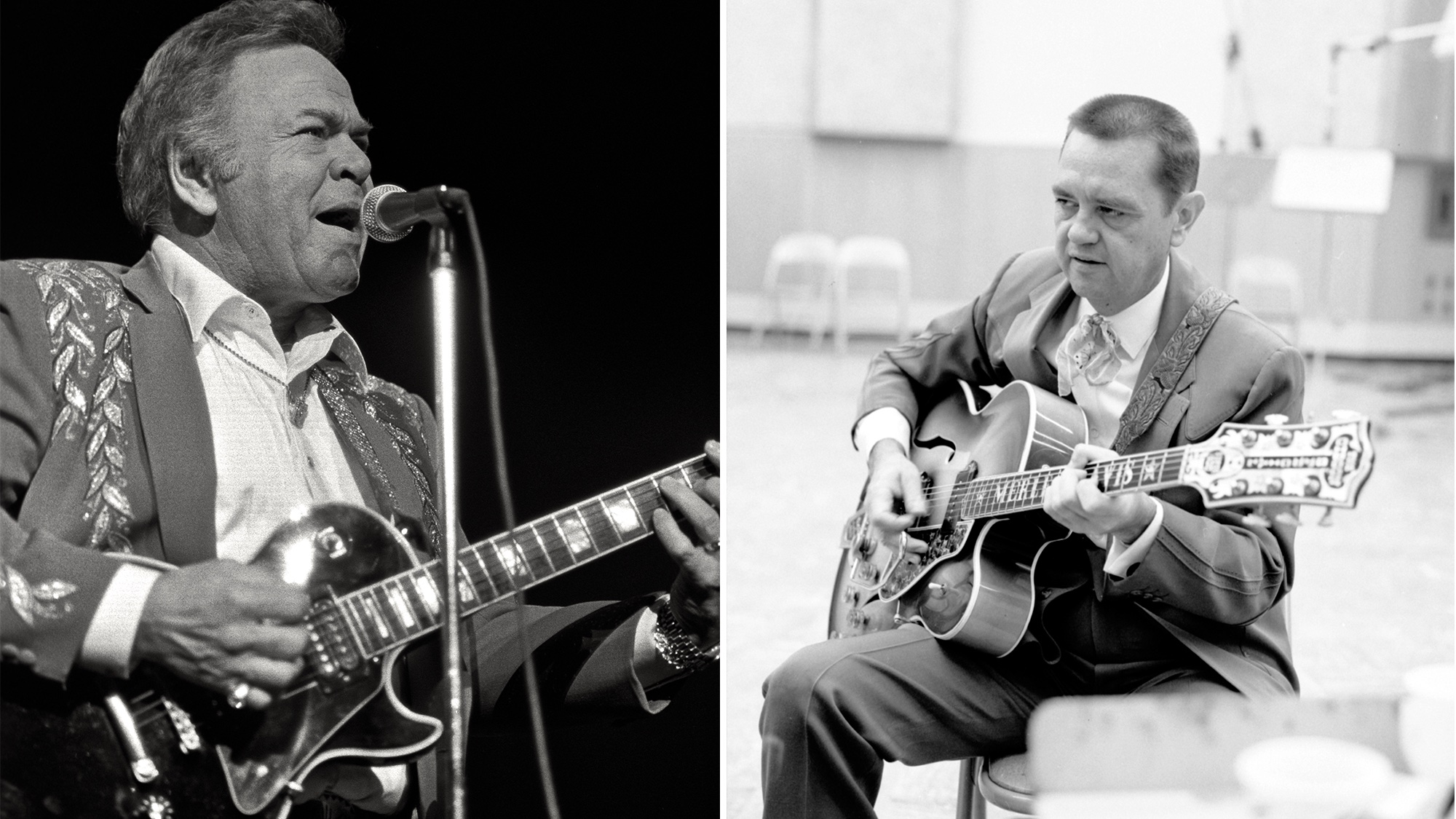10 Essential Electric Guitar Design Innovators
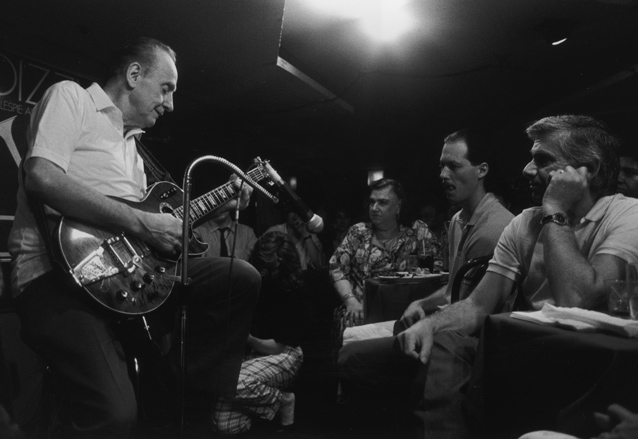
Culled from the pages of their book, Play It Loud: An Epic History of the Style, Sound & Revolution of the Electric Guitar, renowned guitar journalists Brad Tolinski and Alan di Perna run down the 10 key innovators who made the electric guitar the ultimate rock machine it is today.Play It Loud: An Epic History of the Style, Sound & Revolution of the Electric Guitar is now available in paperback and you can find it in bookstores and online.
1. George Beauchamp
PHOTO: Museum of Making Music | Creative Commons
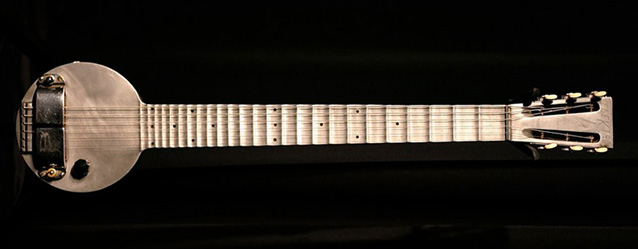
The whole electric guitar idea might never have gotten off the ground had Texas-born George Delmetia Beauchamp figured out how to create a string-driven, electro-magnetic guitar pickup. He implemented the design on the first commercially produced electric, the RO-PAT-IN A-25 “Frying Pan,” which hit the market in 1932. RO-PAT-IN would eventually morph into Rickenbacker.
2. Walter Fuller
PHOTO: Guitar Player Archives (Charlie Christian)
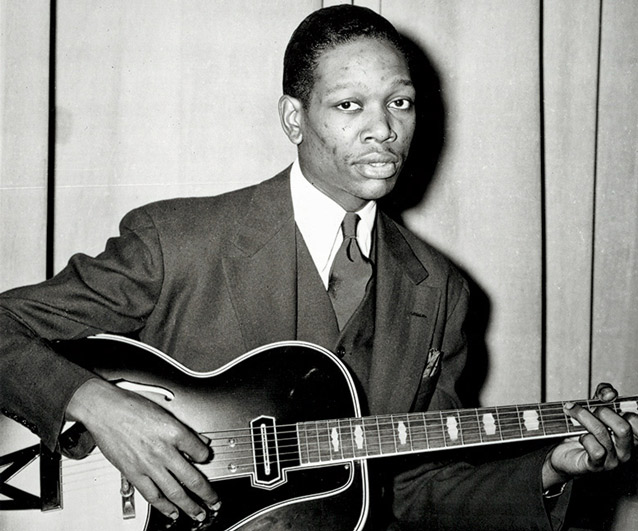
Gibson design engineer Walter Fuller took the string-driven electro-magnetic pickup to its next evolutionary stage with a hexagonal pickup design he devised circa 1935. Less bulky than Beauchamp’s horseshoe magnet design, Fuller’s pickup was employed on Gibson’s first commercially successful electric Spanish guitar, the ES-150, introduced in 1935. Because of the 150’s association with the 1930s' foremost jazz guitar legend, Fuller’s invention would be known as the Charlie Christian pickup.
3. Alvino Rey
PHOTO: Michael Ochs Archives
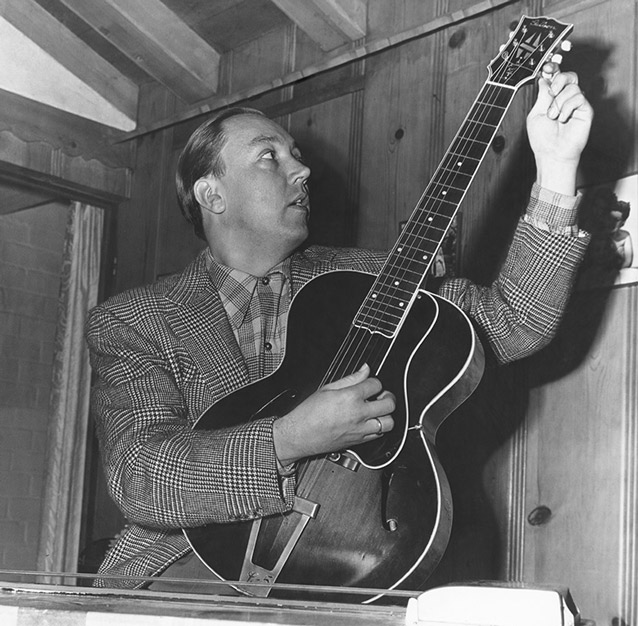
In a fair and just world, Alvino Rey would be just as famous as Les Paul, if not more so. An accomplished player and inspired inventor, Rey did much to popularize the electric guitar in its infancy, while also pushing the envelope on the instrument’s development. In the early 1920s, while still in his teens, he was tinkering with amplifier designs and a pickup for his first instrument, the banjo. Rey performed the first electric guitar radio broadcast in January 1933 at station KGW out of Portland, Oregon. He did early design work on the Gibson ES-150 pickup and developed the first “talk box,” a device later employed by Jeff Beck and Peter Frampton in the 1970s.
Get The Pick Newsletter
All the latest guitar news, interviews, lessons, reviews, deals and more, direct to your inbox!
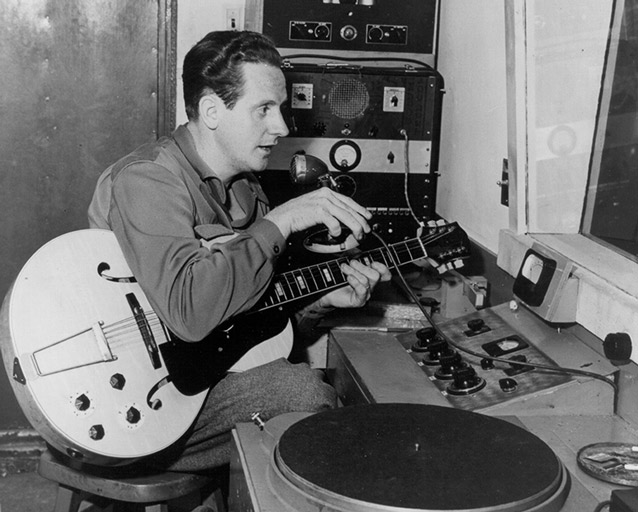
No, Les Paul did not invent the electric guitar. He didn’t invent the solidbody electric guitar. Nor did he design the Gibson Les Paul model. But he is still a towering figure in the instrument’s development and popularization. An inveterate tinkerer, Les’s experimentation on instruments such as the “Log” guitar and numerous instruments he called “Clunker” put considerable momentum behind the electric guitar’s evolution. His pioneering work with multitrack recording and sound manipulation birthed the concept of multiple, layered, orchestral guitar tracks, paving the way for the work of Jimi Hendrix, Jimmy Page, Brian May and rock guitar auteurs. As a showman, Les’s extensive work in radio and TV brought the sound of the electric guitar into millions of homes on a weekly basis.
5. Paul Bigsby
PHOTO: Irish10567 | Flickr Creative Commons
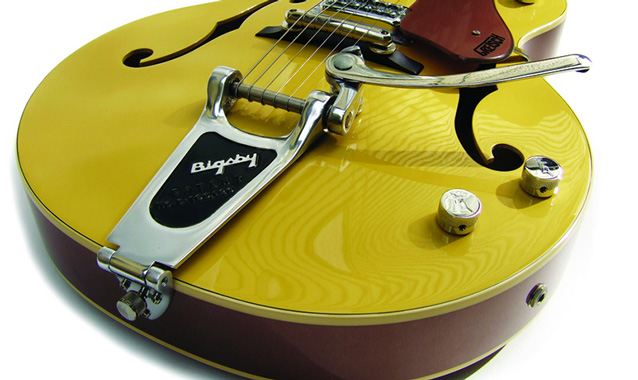
A gruff, energetic ex-motorcycle racing champ, Bigsby is perhaps best known for the elegant vibrato arm tailpiece that bears his name. But he is also a key figure in the development of the solidbody electric guitar. The solidbody that he built for country picker Merle Travis in 1948 was the direct inspiration for Leo Fender’s groundbreaking Broadcaster/Telecaster design, first introduced the following year. Bigsby’s mechanical genius also did much to drive the evolution of the pedal steel guitar.
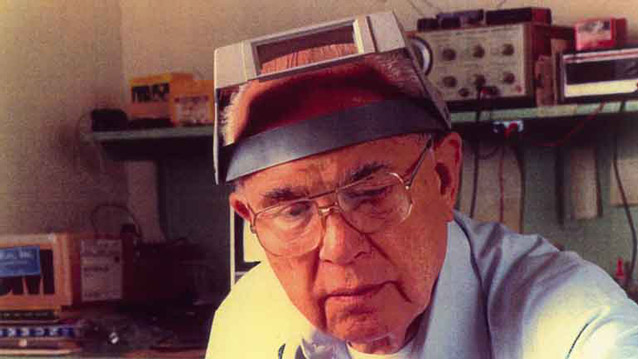
- Known as “the Henry Ford of the electric guitar,” Clarence Leonidas Fender revolutionized electric design in the middle years of the 20th century by adapting post WWII manufacturing techniques to the age-old art of luthiery. Fender’s bolt-on guitar neck made the instruments more affordable and more easily repaired.
The simple, functional ergonomics of the Fender Telecaster and Stratocaster made the electric guitar a truly populist instrument—a practical tool for the working musician. Fender’s Precision Bass, introduced in 1951, changed the very nature of bass playing and established the archetype for all bass guitars to follow. And of course Leo Fender’s amplifier designs became the benchmark that players and amp builders still reference and revere to this day.
7. Ted McCarty
No-nonsense straight-shooter Ted McCarty combined a shrewd head for business with the design flair of a true artist. Like many guitar manufacturers, Gibson took a severe hit during the Second World War. But as the company’s president from 1950–1966, McCarty restored and reasserted Gibson’s leadership role with inspired electric guitar designs that include the Les Paul, ES-335, Flying V, Explorer and Firebird. These models established Gibson’s market niche as the upscale alternative to Fender. Today these are some of the most coveted and expensive guitars on the vintage market. Later in life, McCarty became a mentor for Paul Reed Smith, and the PRS McCarty model proudly bears his name.
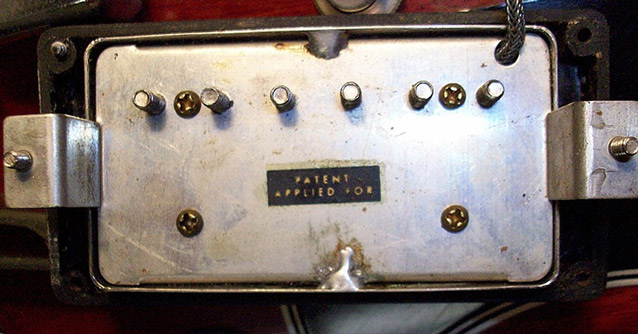
Where would electric guitarists be without the fat tone and noise-cancelling electronics of the humbucking pickup? Which is to say, where would electric guitarists be without Seth Lover? A design engineer at Gibson both before and after WWII, Lover developed a pickup with two magnetic coils to get rid of the unwanted 60-cycle hum that takes place when single coil pickups interact with stage lighting and other electro-mechanical interference. When Lover’s pickup first hit the market in 1955, it was known as the P.A.F. (Patent Applied For) design, because the patent Lover had applied for had not yet been granted.
The P.A.F. designation stood until 1959 when the patent was finally granted. But P.A.F.’s are still considered the most desirable humbucking pickups of them all. They were essential to the sound and popularity of Gibson electric guitars such as the Les Paul, ES-335, Flying V and Explorer. After leaving Gibson in 1957, Lover went on to work for Fender and Seymour Duncan.
9. Roger Rossmeisl
PHOTO: Max Scheler-K & K | Getty Images (The Beatles)
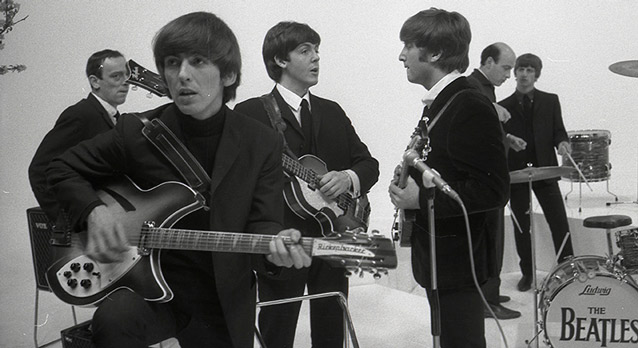
Sporty, German-born luthier Roger Rossmeisl was the man who gave the world ultra-stylish Rickenbacker electrics such as the 360-12 played by the Beatles’ George Harrison, the 325 favored by John Lennon and the 4001 bass beloved by Paul McCartney and numerous other bassists. Which means that Rossmeisl had a key role in crafting the guitar tonality of rock’s seminal 1960s. Before coming to Rickenbacker, Rossmeisl had worked as a luthier for the Roger guitar company in Germany with his father Wenzel. He brought a modernist European design flair and the famed “German carve” design to the States with him when he emigrated to America in 1953. After he left Rickenbacker in 1962, he went on to design guitar for Fender and became a mentor to luthier Phil Kubicki.
10. Paul Reed Smith
PHOTO: Courtesy PRS Guitars
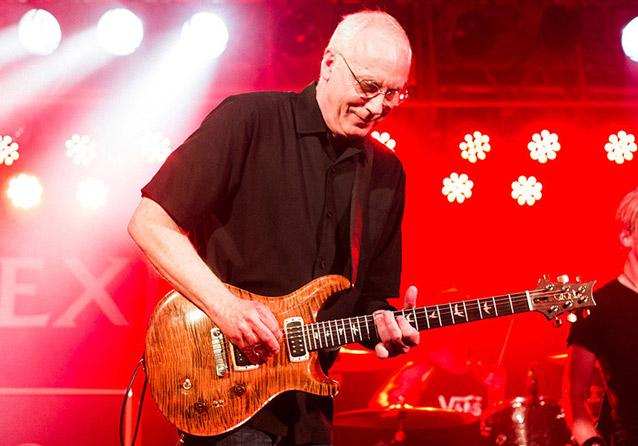
Obsessive, meticulous and fiercely creative, Paul Reed Smith initiated a new era of guitar design in the 1980s and beyond. He started out as a custom builder in the 1970s before launching PRS Guitars in 1985. Smith strove to unite the best features of classic Gibson and Fender designs in a single instrument that also embodied more recent design innovations, along with premium woods and a very high level of craftsmanship. With their trademark aviary fret inlays and dazzling finishes, PRS guitars are much in demand and command premium prices today.
“My brother's trying to knock Norm down in price. He's worth $800 million. He goes, ‘I'll give you a bottle of whiskey on top’”: Frank Stallone on the prized vintage Epiphone that Sylvester bought him – and the guitar's mysterious origins
“More people play stop-tails than guitars with locking tremolos. We dig both”: EVH delivers on its hardtail promise and launches the Wolfgang Standard T.O.M. – which vows to take Eddie's legacy to new heights
